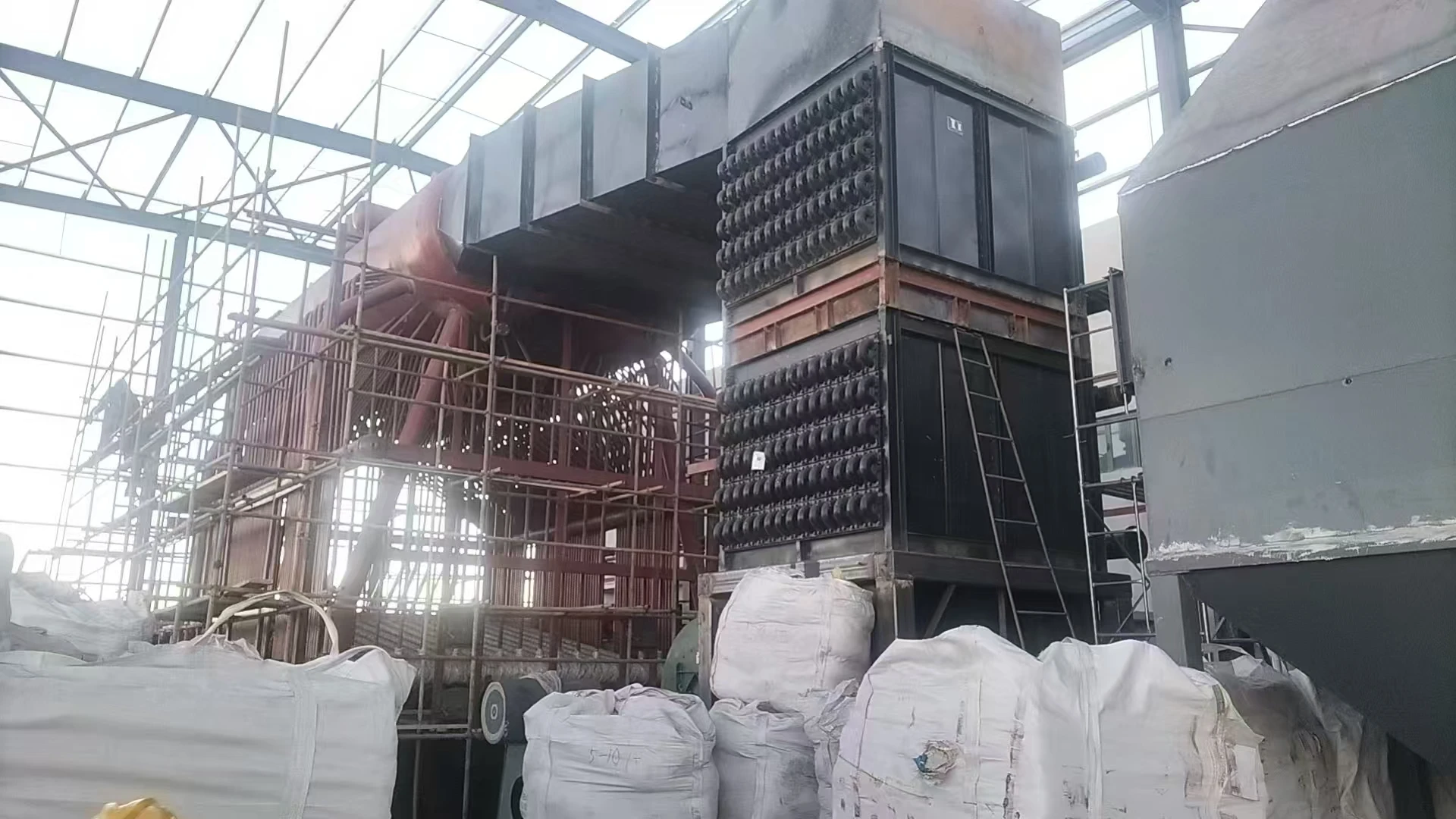
កុម្ភៈ . 15, 2025 17:19 Back to list
Biomass fired steam boiler
High-pressure steam systems are the backbone of numerous industrial applications, offering robust solutions for energy conversion, manufacturing processes, and HVAC systems. With their capability to efficiently transfer high amounts of energy, understanding their components, functionality, and maintenance is crucial for optimizing performance and ensuring safety. As a seasoned expert in high-pressure steam systems, I draw from years of direct experience and authoritative knowledge to provide insights that can significantly enhance your system's efficiency and reliability.
One of the most challenging aspects of managing high-pressure steam systems is implementing a rigorous maintenance program. Regular inspections for corrosion, scaling, and thermal fatigue can prevent downtime and extend the lifespan of components. Utilizing advanced diagnostic tools, such as ultrasonic testing and infrared thermography, can help identify issues that are not visible to the naked eye. Safety is paramount in high-pressure steam systems, requiring comprehensive training and strict adherence to operational protocols. Proper training in pressure management, emergency shutdown procedures, and routine safety checks can significantly mitigate risks associated with high-pressure operations. Incorporating automated control systems enhances the precision and efficiency of high-pressure steam systems, offering real-time monitoring and control of various parameters such as pressure, temperature, and flow rates. This automation can lead to enhanced safety, reduced human error, and optimized performance. Recent advancements in digital technologies, such as the Internet of Things (IoT) and artificial intelligence (AI), offer exciting opportunities to further enhance the reliability and efficiency of high-pressure steam systems. IoT devices can provide continuous data streams for sophisticated predictive maintenance, while AI can analyze this data to optimize operating parameters dynamically. In conclusion, high-pressure steam systems are complex and demand a high level of expertise and experience to manage effectively. By understanding the intricacies of each component, implementing rigorous maintenance protocols, and adopting advanced technologies, industries can ensure these systems operate safely and efficiently. Trustworthy expertise and a commitment to innovation are crucial in harnessing the full potential of high-pressure steam systems, making them indispensable assets in modern industrial applications.

One of the most challenging aspects of managing high-pressure steam systems is implementing a rigorous maintenance program. Regular inspections for corrosion, scaling, and thermal fatigue can prevent downtime and extend the lifespan of components. Utilizing advanced diagnostic tools, such as ultrasonic testing and infrared thermography, can help identify issues that are not visible to the naked eye. Safety is paramount in high-pressure steam systems, requiring comprehensive training and strict adherence to operational protocols. Proper training in pressure management, emergency shutdown procedures, and routine safety checks can significantly mitigate risks associated with high-pressure operations. Incorporating automated control systems enhances the precision and efficiency of high-pressure steam systems, offering real-time monitoring and control of various parameters such as pressure, temperature, and flow rates. This automation can lead to enhanced safety, reduced human error, and optimized performance. Recent advancements in digital technologies, such as the Internet of Things (IoT) and artificial intelligence (AI), offer exciting opportunities to further enhance the reliability and efficiency of high-pressure steam systems. IoT devices can provide continuous data streams for sophisticated predictive maintenance, while AI can analyze this data to optimize operating parameters dynamically. In conclusion, high-pressure steam systems are complex and demand a high level of expertise and experience to manage effectively. By understanding the intricacies of each component, implementing rigorous maintenance protocols, and adopting advanced technologies, industries can ensure these systems operate safely and efficiently. Trustworthy expertise and a commitment to innovation are crucial in harnessing the full potential of high-pressure steam systems, making them indispensable assets in modern industrial applications.
Share
Latest News
-
Efficient Gas Fired Thermal Oil Boiler | High-Performance
NewsAug.05,2025
-
Commercial Oil Fired Steam Boilers with GPT-4 Turbo AI
NewsAug.04,2025
-
Coal Fired Thermal Oil Boiler with GPT-4 Turbo Efficiency
NewsAug.03,2025
-
Commercial Steam Boilers for Sale - AI Optimized Efficiency
NewsAug.02,2025
-
Efficient Biomass Fired Hot Water Boiler | AI Heating Solution
NewsAug.01,2025
-
High-Efficiency Gas Thermal Oil Boilers | HPT Models
NewsJul.31,2025
Related PRODUCTS
Copyright © 2025 HEBEI HONGZE BOILER MANUFACTURING CO., LTD. All Rights Reserved. Sitemap | Privacy Policy























